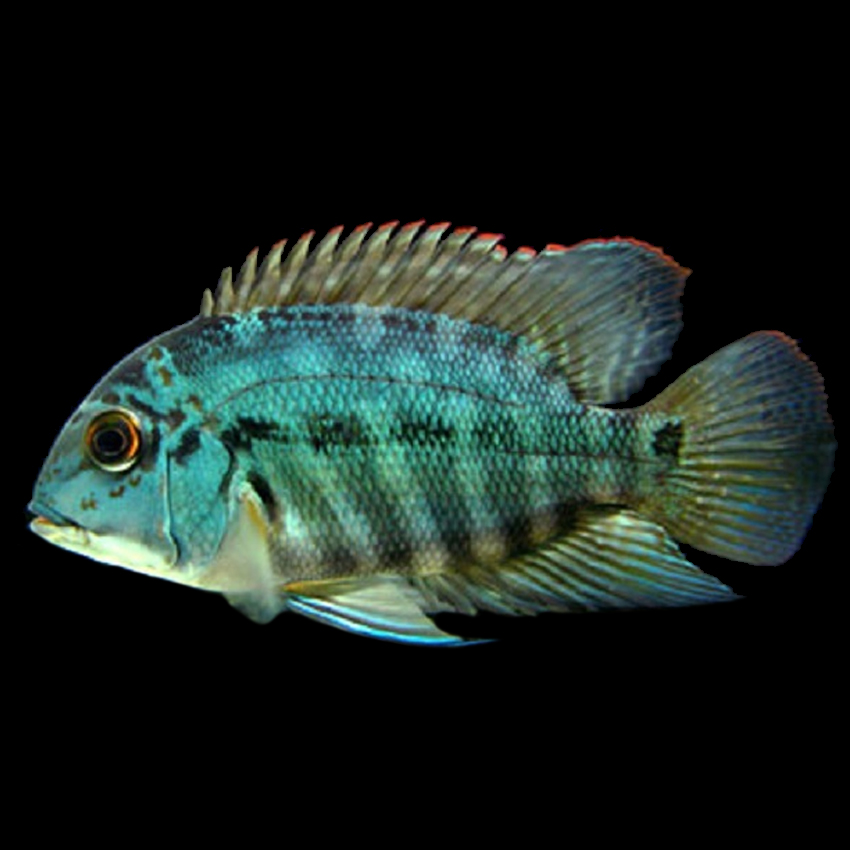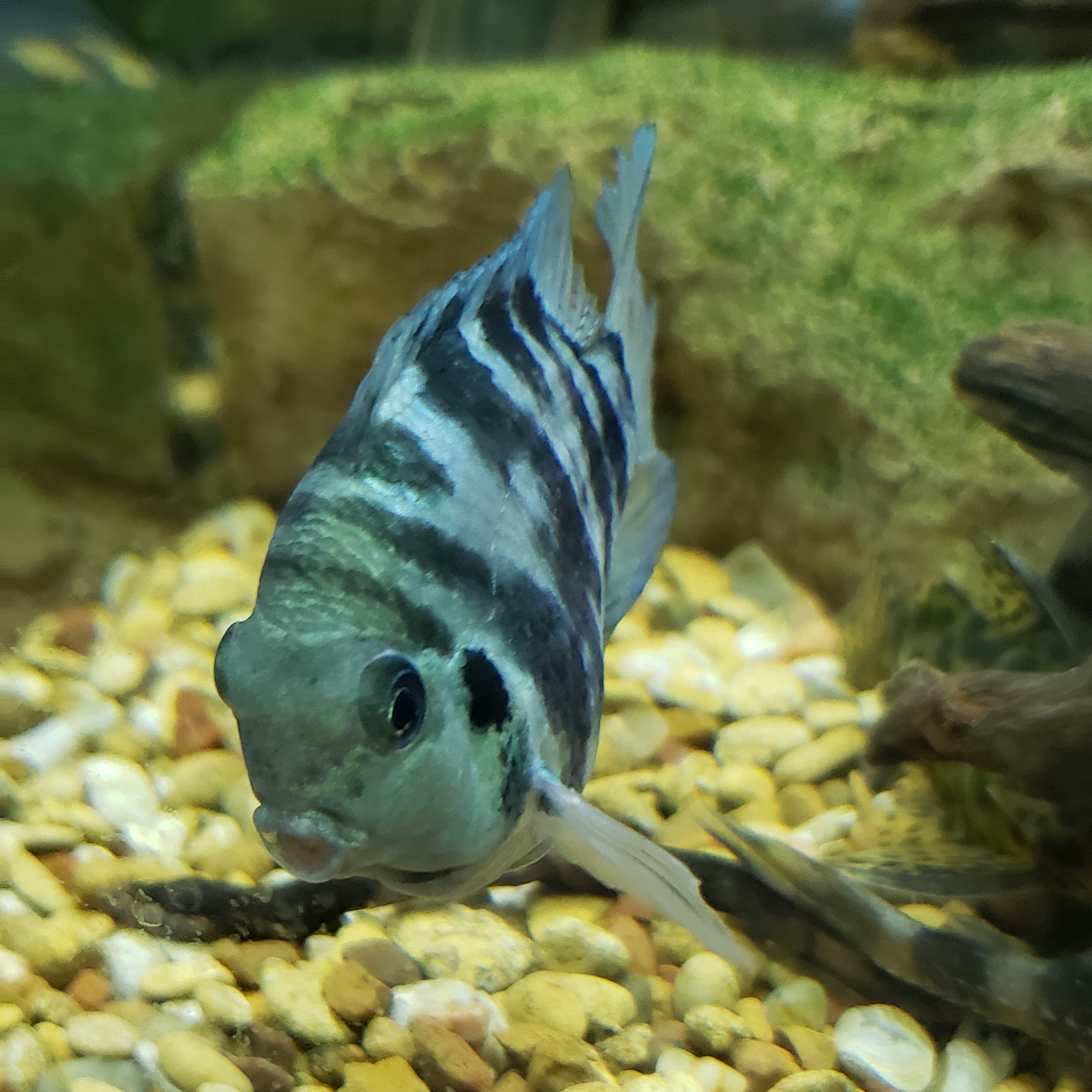

#COCKATOO CICHLID SERIES#
Member species have also been organised into a series of species lineages, complexes and groups by authors in order to better separate them. Hobbyists tend to label these with collection data if available in order to avoid mixing them and the potential of hybridisation.

In addition many species exist in two or more geographical colour forms which may or may not turn out to be distinct in the future. The genus Apistogramma is among the most speciose of South American ccihlid genera with around 70 species valid at present but many more awaiting description. It has also been assigned the ‘A’ number A200 under the DATZ system with possibly conspecific, related forms similarly numbered A201, A202 and A203 depending on locality. Numerous ornamental forms of this species have been selectively line-bred for the aquarium trade, vernacular names for which include “sunset”, “sunburst”, “double red”, “triple red”, “gold”, “white gold”, “orange flash” and “ albino“. The female is responsible for post- spawning care of eggs and fry and in smaller aquaria the male may need to be removed as she may become hyper-aggressive. Substrate spawner which normally lays its eggs in crevices or cavities among the décor. Males are larger, more colourful and develop more extended fins than females. Wild examples are best maintained alone or with small ‘dither’ fishes such as Nannostomus spp., and ideally should not be mixed with other Apistogramma. Behaviour and Compatibility Top ↑Ĭaptive-raised fish are the recommended choice for the general community aquarium. To find other high quality, highly recommended foods click here. Hardness: 0 – 268 ppm, again depending on origin to an extent. PH: Commercially-produced fish are relatively unfussy but some wild populations may require values of 5.0 – 6.0 in order to breed. Filtration, or at least water flow, should not be very strong and very large water changes are best avoided with 10-15% weekly adequate provided the tank is lightly-stocked.

A few patches of floating vegetation to diffuse the light even further may also prove effective.

If maintaining a blackwater population a net bag filled with aquarium-safe peat can also be added to the filter or suspended over the edge of the tank.įairly dim lighting is recommended and plant species from genera such as Microsorum, Taxiphyllum, Cryptocoryne and Anubias are best since they will grow under such conditions. Leaves can be left in the tank to break down fully or removed and replaced every few weeks. These can provide a valuable secondary food source for fry, whilst most populations will appreciate the tannins and other chemicals released by the decaying leaves. The addition of dried leaf litter (beech, oak or Ketapang almond leaves are all suitable) would further emphasise the natural feel and with it bring the growth of beneficial microbe colonies as decomposition occurs. A more natural-looking arrangement might consist of a soft, sandy substrate with wood roots and branches placed such a way that plenty of shady spots and caves are formed. Provided adequate cover and structure is available this species is unfussy with regards to décor with ceramic flowerpots, lengths of plastic piping and other artificial materials all useful additions. Other aquarium filters which have been recommended highly by customers in your area can be found here.


 0 kommentar(er)
0 kommentar(er)
